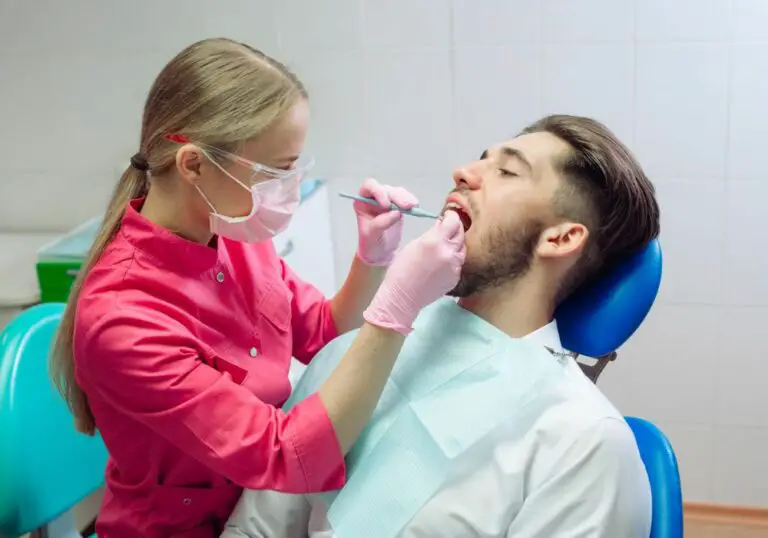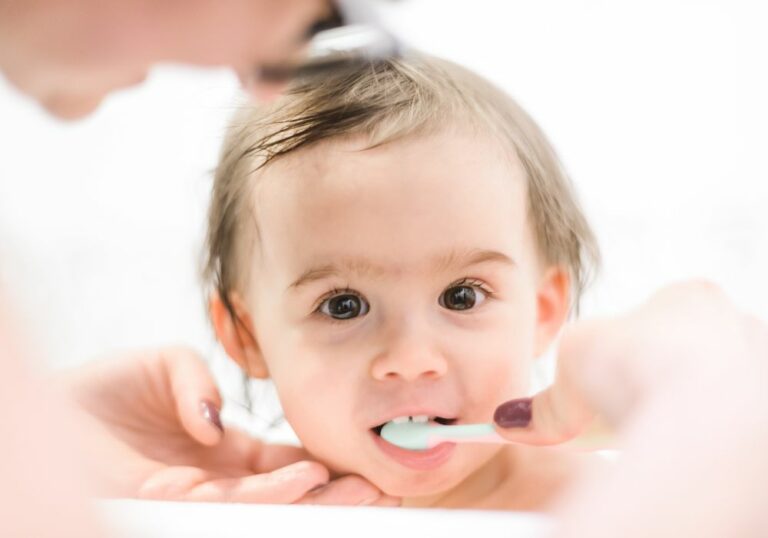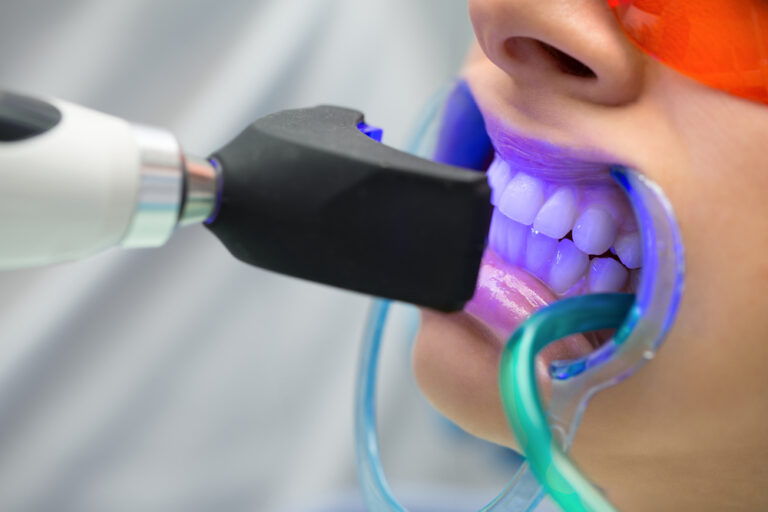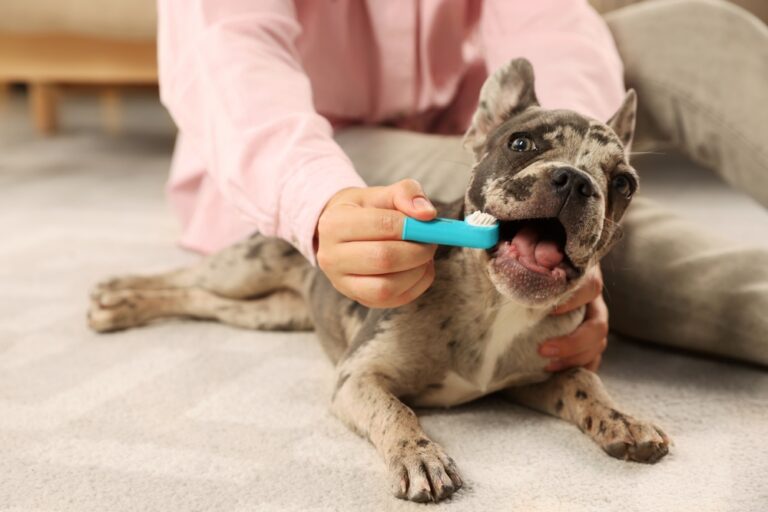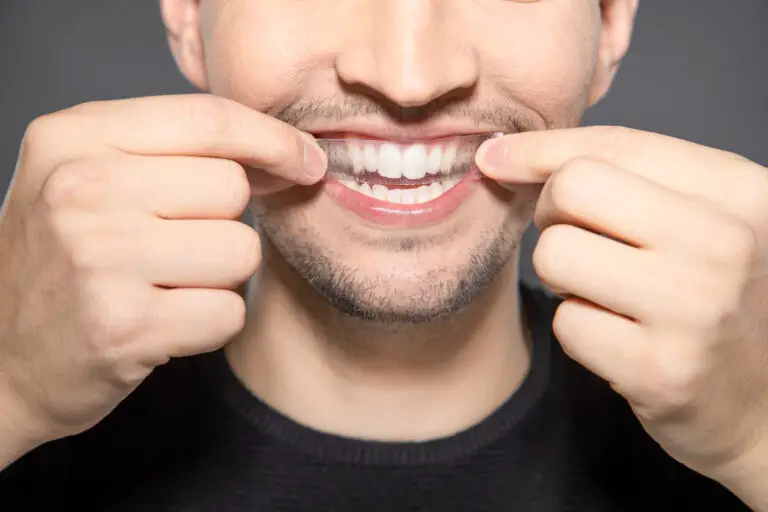The time before your adult teeth come in completely can seem pretty tumultuous, especially in your preteen years. Understanding how dentition develops each year is important for caregivers, as it allows them to wholly evaluate the health of their child.
At ten years old, a child should have about 24 teeth. The actual number changes depending on how many baby teeth they are currently replacing, and this is usually an odd mix of primary and secondary teeth.
Development happens at different rates for each child, but there are general guidelines you want them to meet. This article explores the development leading up to 10-year-olds, how a 10-year-old should protect their teeth, and common dental concerns at this age.
How Many Teeth Do 10 Year Old Have?
Children’s Dental Development at 10 Years
At ten years of age, your child is reaching the end of an era. They have plenty of adult teeth in their mouth at this point, but a few deciduous teeth remain. At this point, their jawline and facial structure are starting to take form, and they’re losing the round baby face they once had.
While you should expect 24 teeth by age ten, these can be any mix of primary teeth and permanent teeth. Every child loses their teeth in a different order, but it usually follows this model:
- 6 to 7 years: upper and lower central incisors
- 7 to 8 years: upper and lower lateral incisors
- 9 to 12 years: upper and lower molars and canines
As you can see, most children have lost at least 4 teeth by age ten, although most are at 5 or 6. They may have 16 adult teeth, including new molars, but still have all primary molars and canines left behind. It depends on the child.
If a 10-year-old has recently lost their teeth, they won’t have the complete set of 32 in their mouth. Keep this in mind before you grow concerned and make an emergency dentist appointment.
Types of Teeth in 10-Year-Old
The 24 expected teeth in the mouth of a 10-year-old include:
- 8 incisor teeth: the front teeth used to tear food; usually the first teeth to go and permanent at this age
- 4 canine teeth: the pointy teeth at the sides of the incisors; usually still baby teeth as permanent cuspids don’t appear until 11 or 12 years
- 12 molar teeth: the flat-surfaced teeth used to grind food; mixed between primary and secondary teeth (although the last 4 in each arch come in as permanent teeth)
It isn’t until their late teens or early 20s that a child receives all 32 of their adult teeth, including wisdom teeth that may never emerge fully.
How to Help 10-Year-Old Care for Teeth
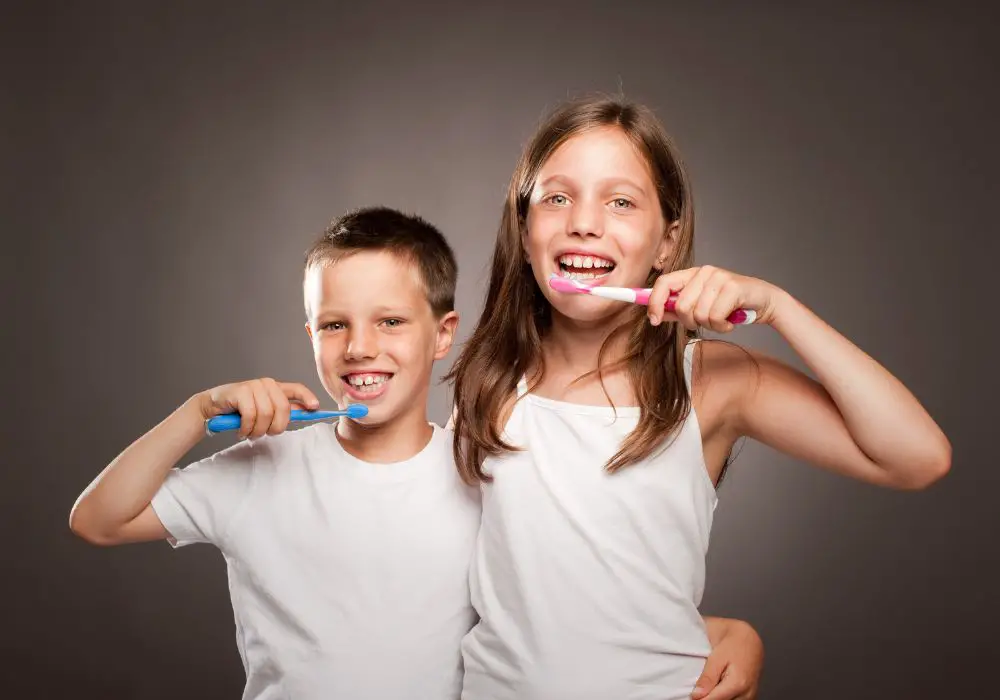
By 10 years old, a child is usually able to brush their teeth and floss without oversight. They shouldn’t neglect their baby teeth, as any decay in the baby teeth can cause dark spots to appear on the permanent teeth that replace them.
Ten-year-olds should use a pea-sized amount of adult fluoride toothpaste, although they may still need the smaller head of a child’s toothbrush to reach every corner of their mouth.
When brushing, they should keep the bristles at a 45° angle to their gums and move in small circles over each tooth. Brush the front, back, and chewing surfaces of both arches, then brush the tongue and spit the toothpaste afterwards.
In all, the process takes about 2 minutes for sufficient cleaning. Afterwards, they should use waxed dental floss to clean between their teeth at least once (ideally twice) a day.
Proper dental hygiene habits ensure teeth fall out at the proper time, not prematurely, and give their adult teeth the best start possible.
Losing Baby Teeth
While they’ve likely lost a great number of teeth already, a 10 year old still has plenty to lose. Dealing with a loose baby tooth and subsequent tooth eruption can be agitating and nerve wracking, so it’s important to keep assuring them through the process.
Remember that this is the pain that had them crying and gnawing on hard objects when their first tooth came through. They’re dealing with tender, bleeding gums, but have much more on their plate than they did as a baby (especially as they replace their premolars).
Cold packs and over-the-counter medication can alleviate some of the inflammation and pain. If it seems like this is insufficient, it’s important to contact their dentist to make sure no other issues are underfoot and receive specialized recommendations.
Mouthguards for 10-Year-Olds
If your child plays sports (or even just spends time on the playground) a mouthguard may provide additional protection. While most recreational play is harmless, kids involved in contact sports are particularly vulnerable.
Mouthguards also benefit children with bruxism, particularly those who grind their teeth at night. This protects a child’s teeth from self-inflicted damage, preserving the enamel, limiting stress on the jaw, and preventing premature wear and tear.
Mouthguards work best when they fit perfectly to a child’s teeth. While at-home kits are available, a custom-fit guard through your dentist is more likely to stay in their mouth and provides greater protection.
Dental Sealants
Your child’s pediatric dentist may offer dental sealants to protect their unmarred teeth from potential decay. The sealant is a thin coating that sticks to the chewing surface of their teeth, warding off plaque buildup in the tiny grooves.
This doesn’t take long, and it’s something you can bring up at their next checkup. Dental sealants don’t last forever, so they may need to be replaced. They cannot be applied over fillings, so it’s better to utilize them before problems ever occur.
Major Dental Concerns at 10 Years Old
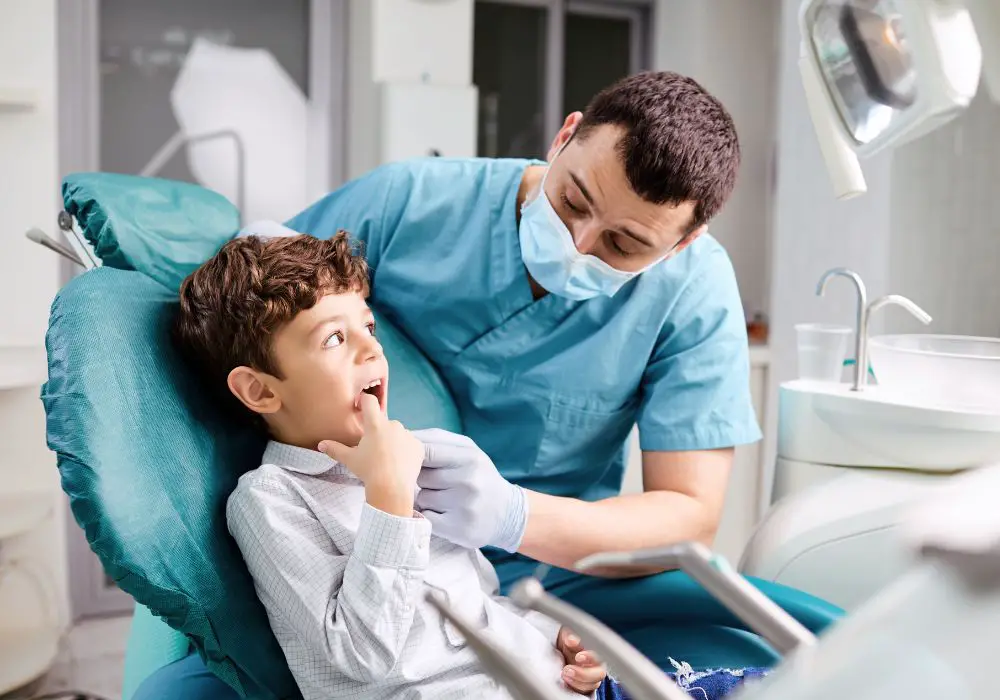
A ten-year-old still has plenty of room for development, but there are a few dental issues to watch out for. These include:
- Delayed adult teeth
- Crowded or misaligned teeth
- Tooth decay
Your child’s dentist will monitor these issues as they arise and treat them as needed. It’s important to bring up any concerns you may have as soon as possible to prevent further damage.
Delayed Adult Teeth
Adult teeth should begin to appear between 6 and 7 years, but it’s not a guarantee. While it’s not unusual for them to develop later, delayed adult teeth may indicate there’s an issue with their dental development.
This happens for a few reasons. The position of their current teeth may not leave enough room for the new tooth to erupt, or their adult tooth may be poorly positioned under their gums.
It can also be something that runs in the family. Your child’s dentist may request radiographs to check on the development of their teeth and ensure there are no budding issues or heavy complications.
Crowding and Misalignment
Irregular development can also cause overcrowding and misalignment of their teeth, either as stubborn baby teeth refuse to fall out or their jaw is ill-suited to accommodate the number of teeth they have.
Sometimes time sorts out these issues, but it could be a sign that they need braces. Most children are first fitted for braces between 9 and 14, while their teeth are still growing, and 10 years old is prime time for the success of the orthodontic devices.
A dentist will make the final call, but other signs your child needs braces include:
- Sucking their thumb or finger
- Biting their cheek
- Mouth Breathing
- Disproportion jaws and/or teeth
- Clicking noise at jaw
- Difficulty chewing or biting
Regular checkups allow for early intervention and a more suitable outcome.
Tooth Decay
Tooth decay is a major concern at any age, but 10 years old is an especially sensitive time. This is when the mouth is making its transition to more adult teeth than not, and any decay that sets in will have more permanent effects.
Even compromise of a child’s milk teeth can be problematic. Tooth decay can transfer to the adult teeth underneath. It can also cause premature loss of baby teeth, allowing the adjacent teeth to move into the gap and create a domino effect on the spacing.
While this age is usually mature enough to handle dental hygiene unsupervised, it’s not unusual to check in on their habits. Make sure they’re brushing and flossing both properly and often.
Do not assume that good oral hygiene is a replacement for regular dental visits, either. Your child’s dentist will evaluate their condition to make sure there are no early signs of dental decay and deep clean their teeth.
Conclusion
Ten-year-olds have ⅔ their full set of teeth, and usually more adult teeth as they go into their next decade of life. At this age, it’s important to focus on proper habits as well as keep an eye out for potential problems that require intervention.
At this age, remember:
- There are still a few baby teeth to lose, and these may be more painful to replace
- Most 10-year-olds can maintain their own habits, but they still require oversight
- Checkups twice a year are essential to monitor development, keep teeth clean, and intervene as soon as possible for serious issues
If you have any questions about your ten year old’s teeth, let us know below!

